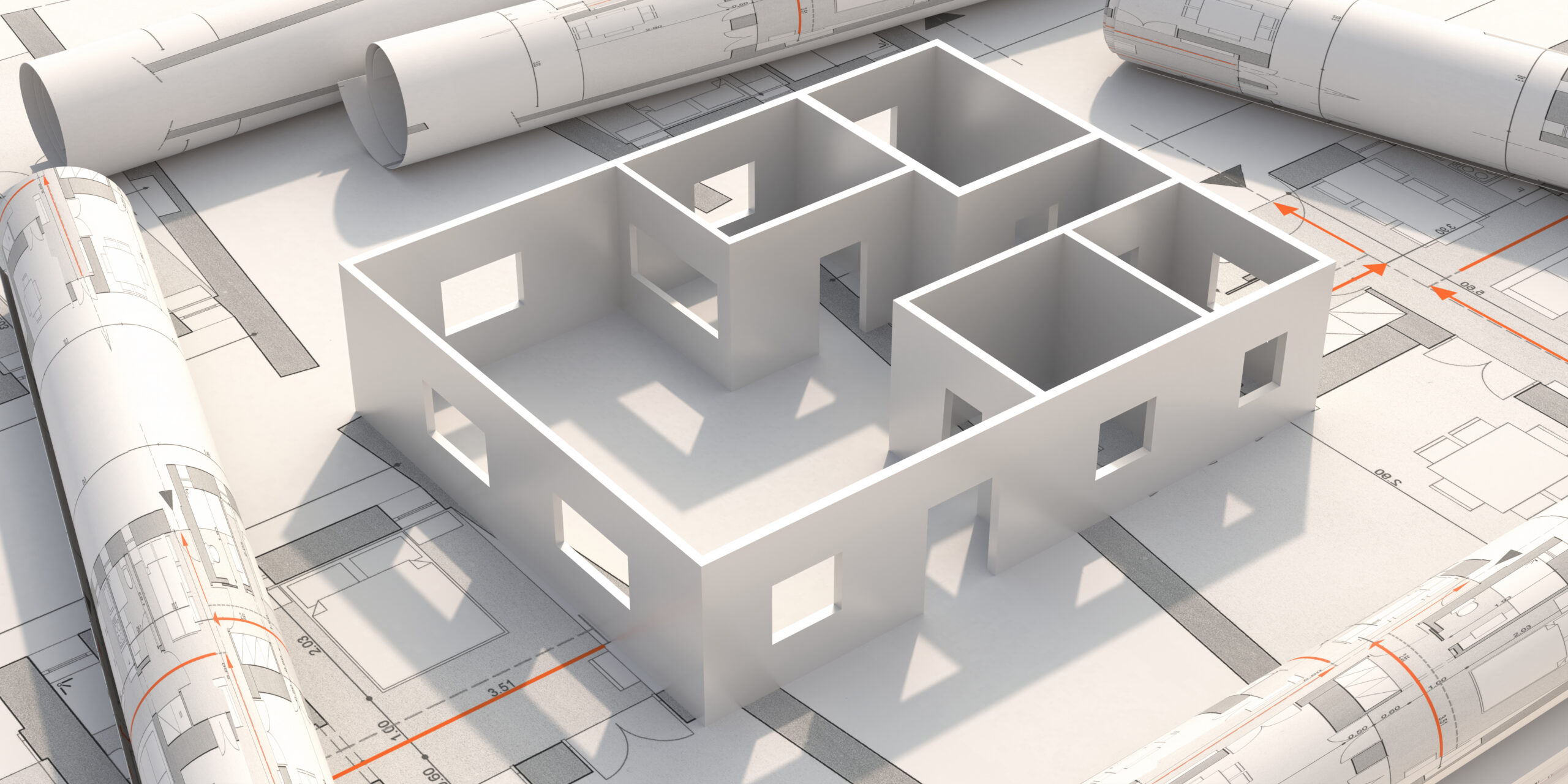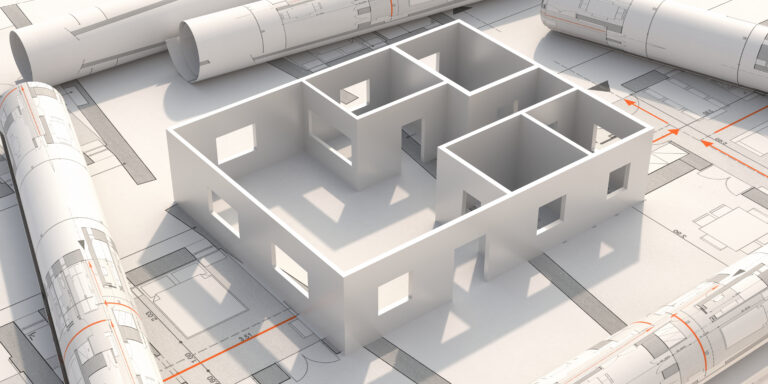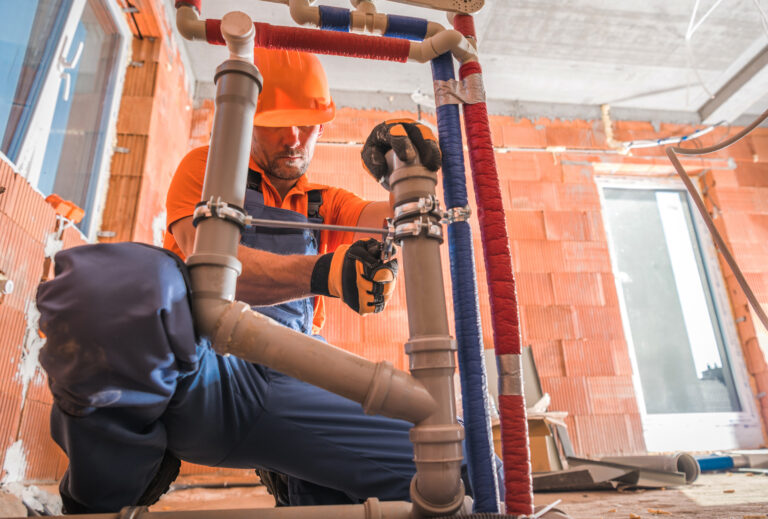In recent years, the construction industry has become increasingly interested in building information modeling (BIM), yet there remains some confusion as to what exactly BIM is, and how it can be applied in construction. A common misconception is that BIM simply refers to 3D design, or that it is a specific type of technology, perhaps related to computer-aided design (CAD). However, though both technology and 3D design are certainly involved, neither fully encapsulates BIM, nor is BIM merely a variation of CAD.
BIM in construction is a comprehensive software modeling process. It creates and manages all information related to a project, essentially providing detailed digital descriptions for all aspects of a physical project. This information is then used to build a virtual version of a project before proceeding with physical construction.
Building information modeling provides several major benefits for construction, including:
In-Depth Project Insights: BIM offers a much more realistic visualization of a project’s final outcome than could be achieved by standard drawings or other methods. By taking into account all of a project’s properties and creating a detailed and precise visualization, potential issues can easily be highlighted and corrected. For instance, if a project’s architect decides to increase the number of windows and the engineer needs to make structural adjustments accordingly, the BIM software streamlines the process so that the changes can readily be made.
Improved Collaboration: There are many people from a range of specialties involved in the completion of a construction project, including engineers, contractors, architects, tradespeople, and business professionals, just to name a few. Collaboration is therefore essential for success, but with so many moving parts, this has long posed a challenge to the industry. BIM minimizes the complexity of commercial construction by enabling close collaboration among everyone involved in a project.
Increased Efficiency and Reduced Waste: The models created through BIM are able to increase project efficiency by reducing time spent on pre-construction and planning, thus shortening project life cycles. BIM also helps with a range of tasks, from choosing the most appropriate building materials to enabling more accurate cost estimates and better budgeting, which reduces waste and lowers project costs.
With so many benefits, it’s easy to see why building information modeling has become integral to the construction industry. Without the innovative improvements that it has enabled, countless buildings that exist today would simply not be within the realm of possibility. BIM offers project stakeholders a complete, unrivaled approach to every stage of a project’s life cycle – ultimately leading to better overall results and more successful project outcomes for all involved.
Looking for a team to take the lead on your next project? At Pulse Construction, we’re committed to doing business with an honest, professional, and competitive approach – without compromising safety or schedules. Contact us today for all of your building needs.



